A few weeks back, I showed the students a slide show that covers the material in this post. I had just recently taken my son Eli to the beach to fly his new kite:
This particular kite, a small "trick kite," was new to him and required me to, from time to time, re-launch it after it crashed. (He's since become an expert at flying the thing.) That meant reading the book I'd brought along was out of the question.
Looking for something to do between crashes, I glanced around the beach. Seal Beach, where we live, is notoriously trashy. The oceanfront is only about a mile long, and it's bounded on each side by jetties. At the western end (it's a south-facing beach) the San Gabriel River empties into the ocean, bringing with it 40+ miles worth of urban runoff. The southern jetty marks the boundary of the Seal Beach Naval Weapons Station. After a rain, it's especially nasty, as the trash carried by the river gets stuck between the two jetties and sinks to the bottom of the ocean, is pushed out into the wider sea, or ends up on the beach. Here's an aerial photo, taken from CSULB's geology department:
All I had to do was look down to see the evidence of this:
Another view:
This always makes me sad (and a little angry), and I find myself on occasion trying to clean some of it up, either alone or with my kids or with Save Our Beach. But the wave of trash keeps on coming, relentlessly.
I decided to make something out of it. The previous week, Dan and I had given the students of this class one of our several "spot-collaboration" assignments. In this case, students had to look around the classroom, within a 100-yard radius, and make sculptures out of whatever they could find. They had twenty minutes. The results can be viewed in the small pictures along the right side of this blog. The stuff students came up with was terrific, inspiring really, and it highlighted one of the many joys of teaching this class: The world becomes a little more magical when limitations help us make something of it that's unexpected and witty and true (note the chairs piled up and making their escape through the ceiling; the color wheel attracting, like a multi-chromatic magnet, like-colored objects to itself; the trash-bag jellyfish). Influenced by the students' creativity, I grabbed a bunch of junk off the beach and made this:
Something unexpected I learned from this, and because I'm a writer I don't think a lot about it, is the importance of documentation. We take several pictures of the visual artists' work in this class, and the artists take pictures, too. Seeing how important that process is to the work itself is reflected in the following two photographs. The first brings to mind what I remember reading in Margaret Atwood's The Handmaid's Tale: "Context is all." Context may not be all, but it sure is lots:
That's the sculpture, in reverse angle, swallowed by the size of the beach. And here's another photograph, the one that captures the object in better light:
Note the kite in the background. The angle of the camera made for a better representation--so much better. I wouldn't have known it had I not made it. A friend asked me once why I write poems, and my response was that I do it to find out what I know and what I don't know. I'm grateful for this small experience, and I'm grateful to our students. [Thanks, students!]
VVP: Art 434 & Engl. 410
- Dan Callis and Chris Davidson
- Website for Vision Voice and Practice: An Interdisciplinary Course in Art and Creative Writing
Friday, April 12, 2013
Subscribe to:
Post Comments (Atom)





























































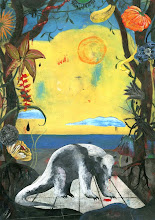













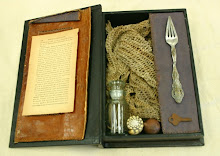
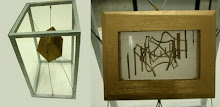
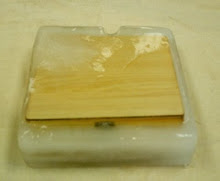

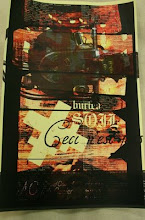
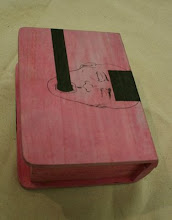
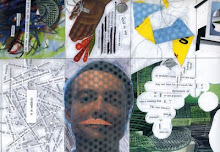
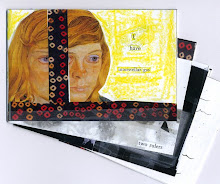
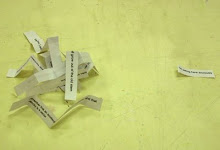
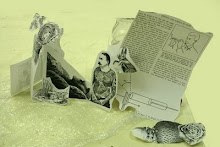

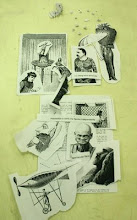
No comments:
Post a Comment